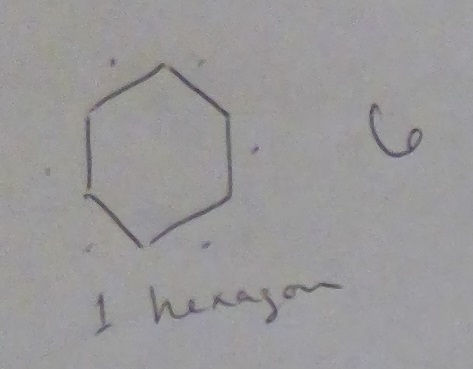Math Facts through Games
- Matt Felton-Koestler with Courtney Koestler
- Sep 8, 2017
- 4 min read
People often ask me how to teach kids math facts. Before I get to that I want to emphasize that young children (preschool, kindergarten) can, and should, begin learning math through problem solving (see my description of SMP 1. Problem Solving on this post for the difference between solving problems and doing exercises).
Now that that's out of the way, here are some ideas for how to work on math facts without doing worksheets or flashcards.
Games
Top It
This is basically the game War. You can play it with a normal deck of cards or you can print numbers from 0-30 (or whatever you want) and cut them out (if you print on card stock they will be hard to see through). Or buy number flash cards (like these).
Put the decks in the middle of the table (or give half to each player). Each player flips a card. The highest card wins and takes the pair. If there's a tie you flip again and the highest card takes all the face-up cards. Play once through and see who has the most pairs.
Top It with Operations
You can change the game of Top It by flipping two (or more) cards and adding, finding the difference between (subtracting), or multiplying them. You could include division too if you are okay dealing with remainders or fractions.
Dice
You can get all kinds of dice. Dice with different numbers of sides, dice with fractions on them, dice you can write on with a dry erase marker, dice with operations (+, –, ×, ÷). You can play any variation of Top It by rolling two (or more) dice. You could add in an operations die and let that decide which operation to do, etc.
If your child is first learning to add numbers then dice with dots can be easier, because they can count all the dots. This strategy is called counting all because they count all the dots/items.
After counting all for awhile kids start to be ready for counting on. If you have the dice shown below (a five and three), you can either count all: 1, 2, 3, 4, ..., 7, 8 or you can count on: 5, 6, 7, 8.

If a child seems like they might be ready to start counting on, but keeps counting all out of habit or comfort, you can nudge them out of their comfort zone by using one die with dots and another die with a written number, like the ones below.

Dominoes
Depending on how you play, dominoes can involve a lot of math. There are many variations of dominoes. In many of them you score points when the total number of dots on the ends of all the lines of dominoes is a multiple of 5 or 3.
Make 24
This is pretty challenging: Flip over four cards (or roll 4 dice) and use any combination of operations (+, –, ×, ÷) to make 24 or some other number. You can make it easier by: (a) saying you don't have to use every card, and (b) adding in more cards.
Guess My Number
Courtney likes to challenge kids to pick any number between 1 and 100. She bets them (usually something ridiculous) that she can guess their number in ten guesses. She asks a number and if that's not the number they have to say if the number is higher or lower.
You can take turns playing and it can help kids build number sense and develop strategies for splitting the amount left roughly in half.
Go Fish
See my earlier posts about modifying Go Fish to emphasize making ten or figuring out doubles.
Too Many Monkeys
Race to 100
Math4Mom has a post about a great game called Race to 100—you should check it out!
Math4Love Games
Both the games featured here look good. I've played Prime Climb with kids and it was fun. I haven't used Tiny Polka Dot, but it looks promising.
Other Ideas
Hundreds Charts
Print out some hundreds charts and look for patterns. You can color every multiple of 2 and look for patterns, then do it for 3, 4, 5, ...
Math Books
There are tons of great math books out there. I've written about one that is good for multiplication here. Here are all my children's literature posts (although at this point there are only a few, and the others are not focused on facts, but I'll continue to add more).
Number Talks with Dot Cards
See my post about number talks here and see the videos below. Dot cards with your kid are a great way to work on facts while still maintaining an emphasis on deeper understanding and flexibility.
Watching Videos of Other Kids
Both Courtney and I often use videos of kids doing math in the courses we teach. So Parker has seen a lot of these videos and he really enjoys doing the problems himself and comparing his thinking to the kids in the videos. If you want some good examples you can search for "number talks" or "dot cards". You can see my post about number talks here, and they can really range from building early number sense all the way up into fractions. Below are a few examples:
My Other Posts
The games tag includes all my posts that involve math in games. I think most if not all are mentioned somewhere above, but I'll continue to add more in the future).
Leave a Comment
Post a comment below or reply to my tweet about this post on Twitter!
What are your favorite math games? Have you played any of the games above? Let me know how it goes if you try some of these out!


Comments